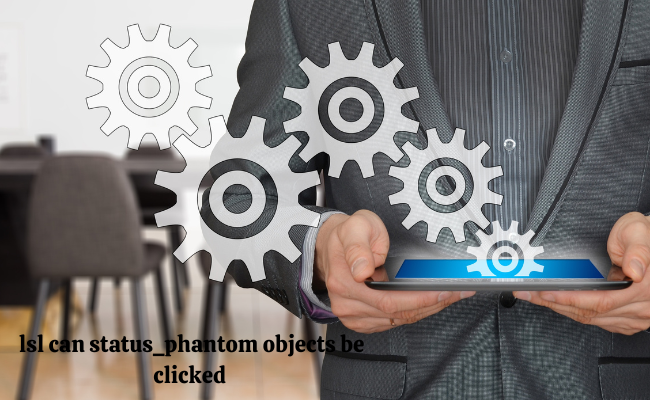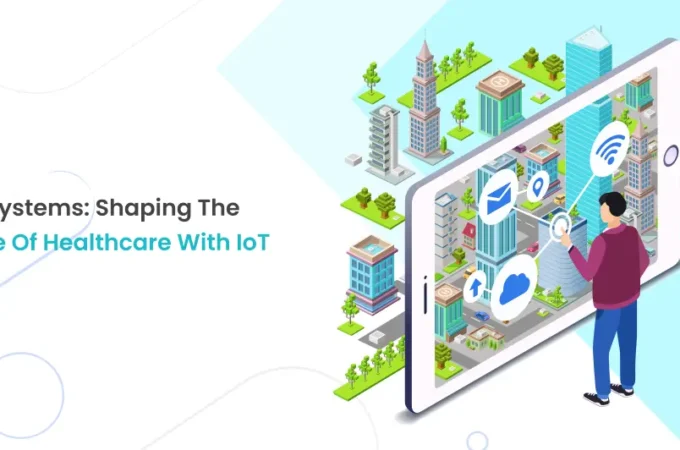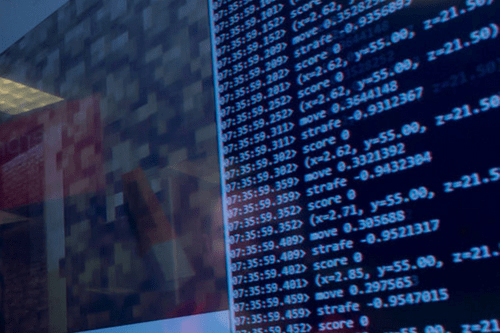
lsl can status_phantom objects be clicked
lsl can status_phantom objects be clicked: Yes, it is possible to click on status_phantom objects in the virtual world of Second Life. Status_phantom is an object type that is used to make objects that are not physically visible in the world but can still be interacted with. These objects are often used for triggers, activators, and other parts of the world that need to be interacted with but don’t need to be visible.
To interact with a status_phantom object, you simply need to move your avatar close to it and then click on it. This will cause the object to activate and perform the programmed actions. As such, it is possible to click on status_phantom objects in Second Life.
Table of Contents
Toggle1. What are status_phantom objects?
Status_phantom objects are objects that appear to exist but do not actually exist. These objects can be found in software development, and they are created when two different processes try to access the same object at the same time. This can lead to inconsistencies in the object’s state since one process is unaware of the other process’s changes.
Status_phantom objects are difficult to detect, and they can cause problems such as deadlocks or data corruption. It is important for software developers to be aware of these objects and take steps to avoid them.
Can they be clicked?
This depends on what you mean by “they”. If you are referring to images, links, or other elements on a website, then yes, they can be clicked. Most websites use HTML elements such as buttons and links that can be clicked to navigate around the page or take you to different parts of the website. Other elements such as images may also have an associated link that can be clicked to take you to a different page. In general, web developers use clickable elements such as buttons and links to help users navigate around the website and take them to the content they are looking for.
3. How do they impact customer retention?
Customer retention is an important part of any successful business. It is the process of keeping customers coming back to purchase more products or services from your business. There are several factors that can impact customer retention.
First, customer service is key. If customers have a good experience with your business, they are more likely to come back in the future. This means responding quickly to customer inquiries and providing helpful customer service.
Second, incentives can also play a role in customer retention. Offering coupons, discounts, or loyalty programs can encourage customers to return and keep buying from you.
Finally, product quality and value are also important. Customers want products that work well and offer good value for the money. If your products don’t meet these expectations, customers are unlikely to come back.
By focusing on these areas, businesses can improve their customer retention rates and build a loyal customer base.
4. What are some alternatives to using status_phantom objects?
Status_phantom objects are a type of object used in software development, but there are many alternatives that can be used instead. One option is to use a library of objects, such as Memento, which is designed to make it easier to manage state in a distributed system.
Another option is to use an event-sourcing system, which stores all data as events rather than objects and allows for tracking changes over time. A third option is to use a message-oriented approach, such as Apache Kafka, which allows for asynchronous communication between services.
Finally, a fourth option is to use service-oriented architecture, which is a way of designing distributed systems that are composed of multiple components that communicate with each other via a defined interface. Whichever approach is chosen, it is important to consider the requirements of the system and choose the most suitable and effective solution.
Conclusion
There are a number of alternatives to using status_phantom objects that provide a similar level of flexibility. One option is to use a state container such as Redux, which allows you to store and manage application state in a single location.
This makes it easier to keep track of the application state and allows for more complex data structures. Another option is to use reactive programming libraries such as RxJS or MobX, which allow you to create and manipulate observable data streams in order to keep track of the application state in a more dynamic way.
Finally, you can also use immutable data structures such as Immutable.js, which make it easier to keep track of changes in the application state without requiring deep copies of the data. Ultimately, the choice of which alternative to use depends on the needs and requirements of your application.




